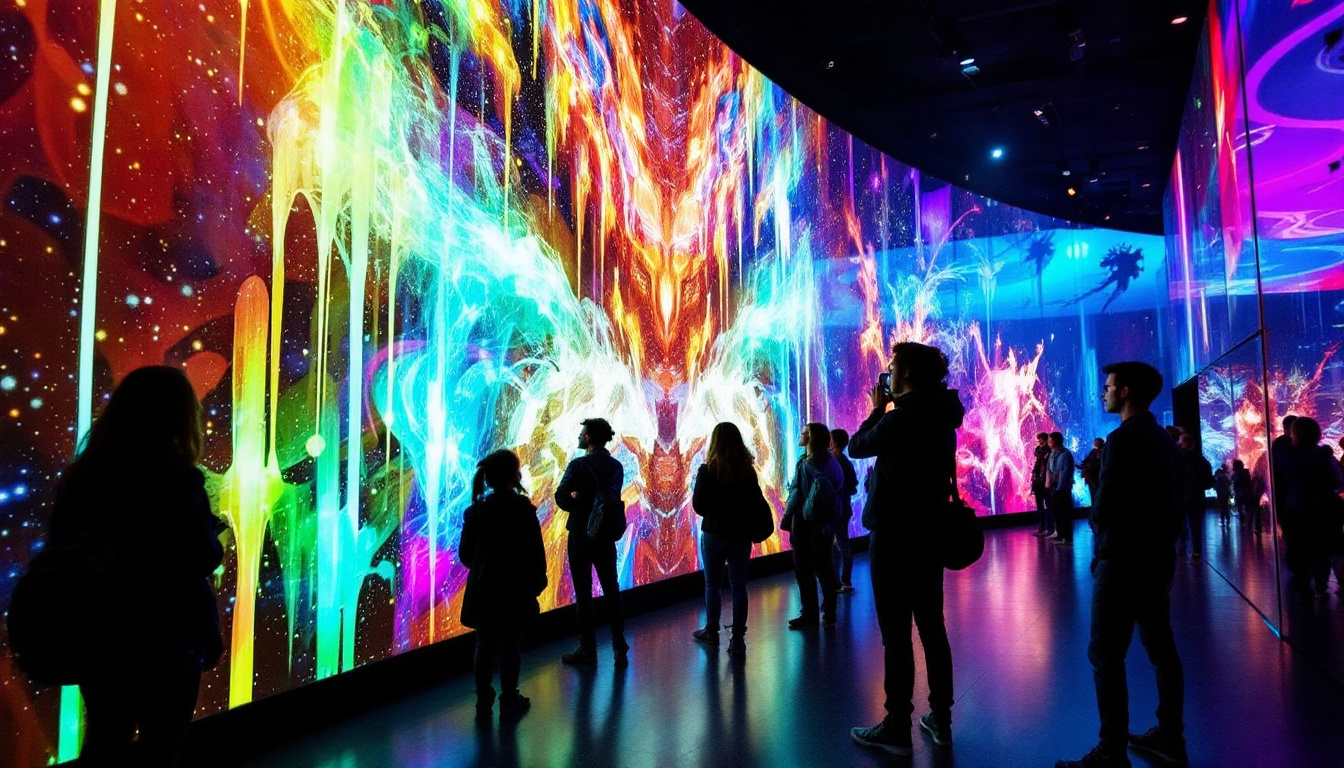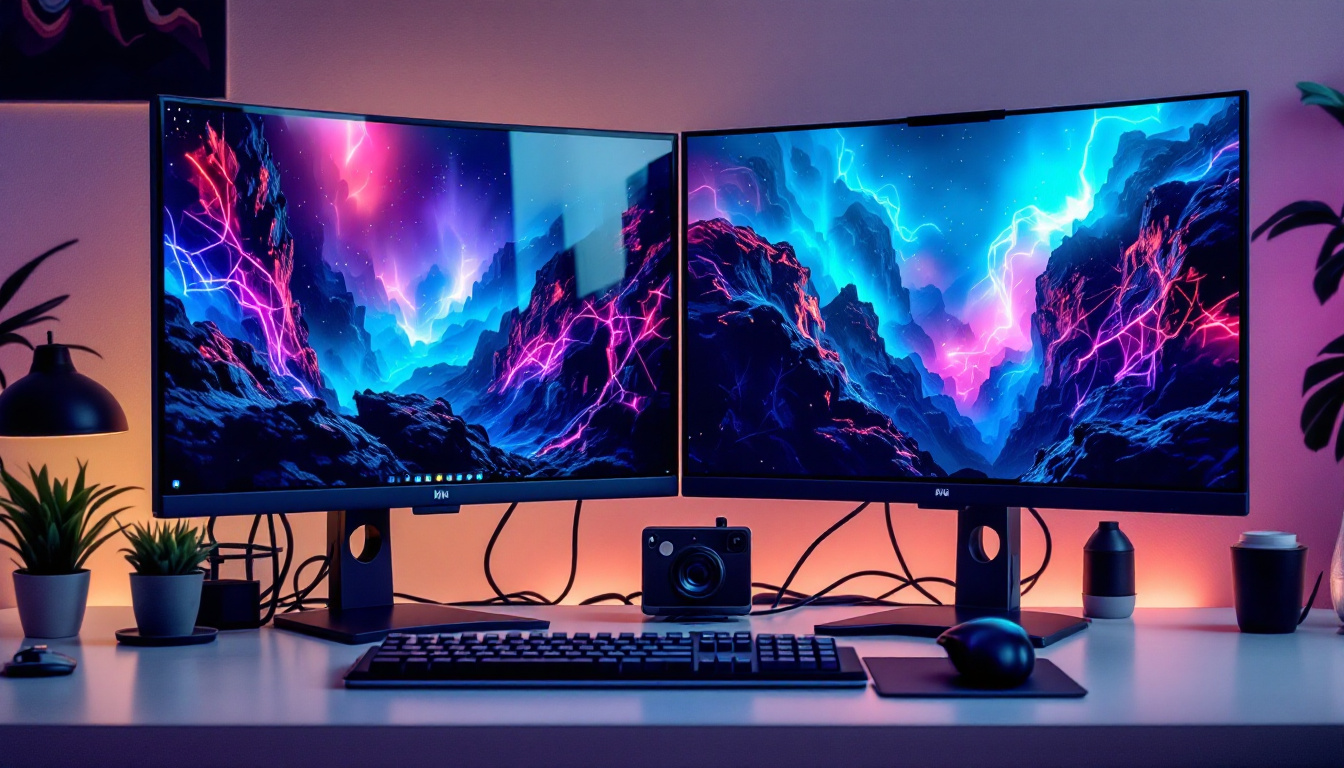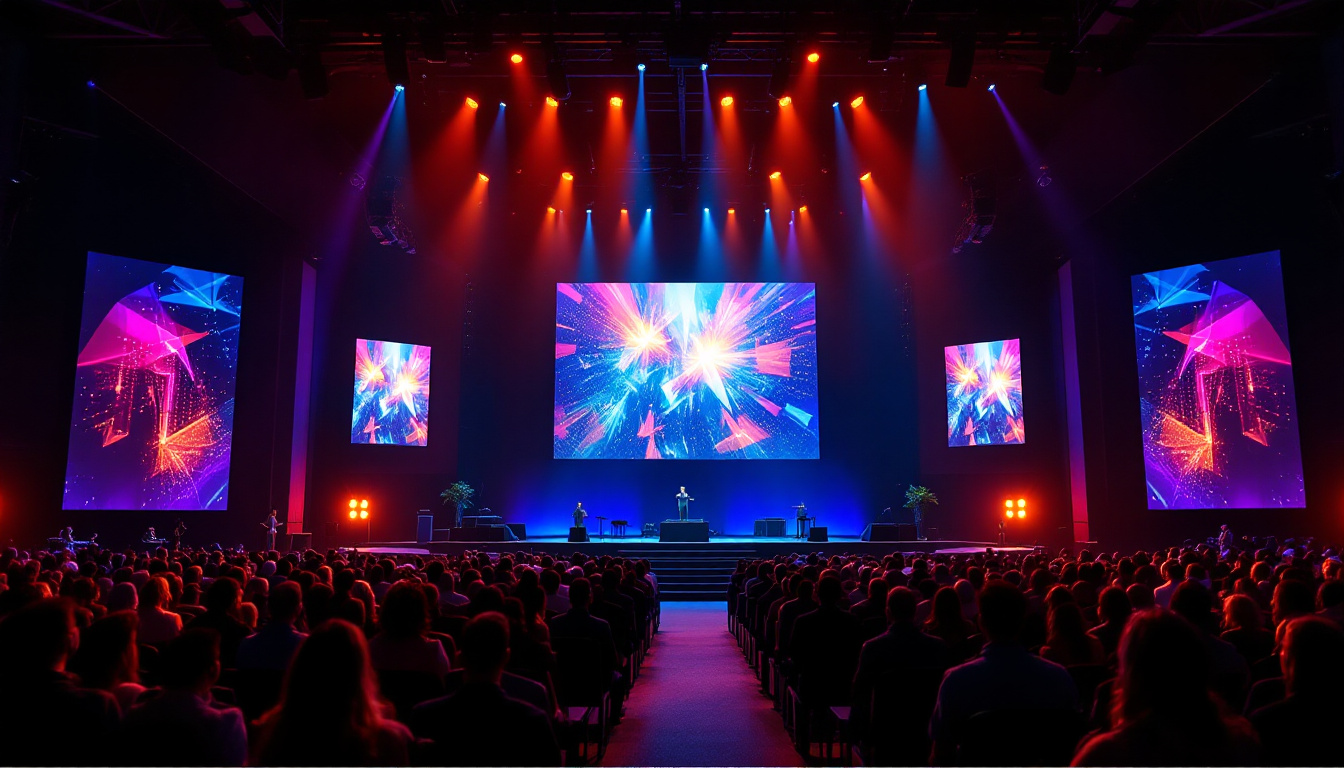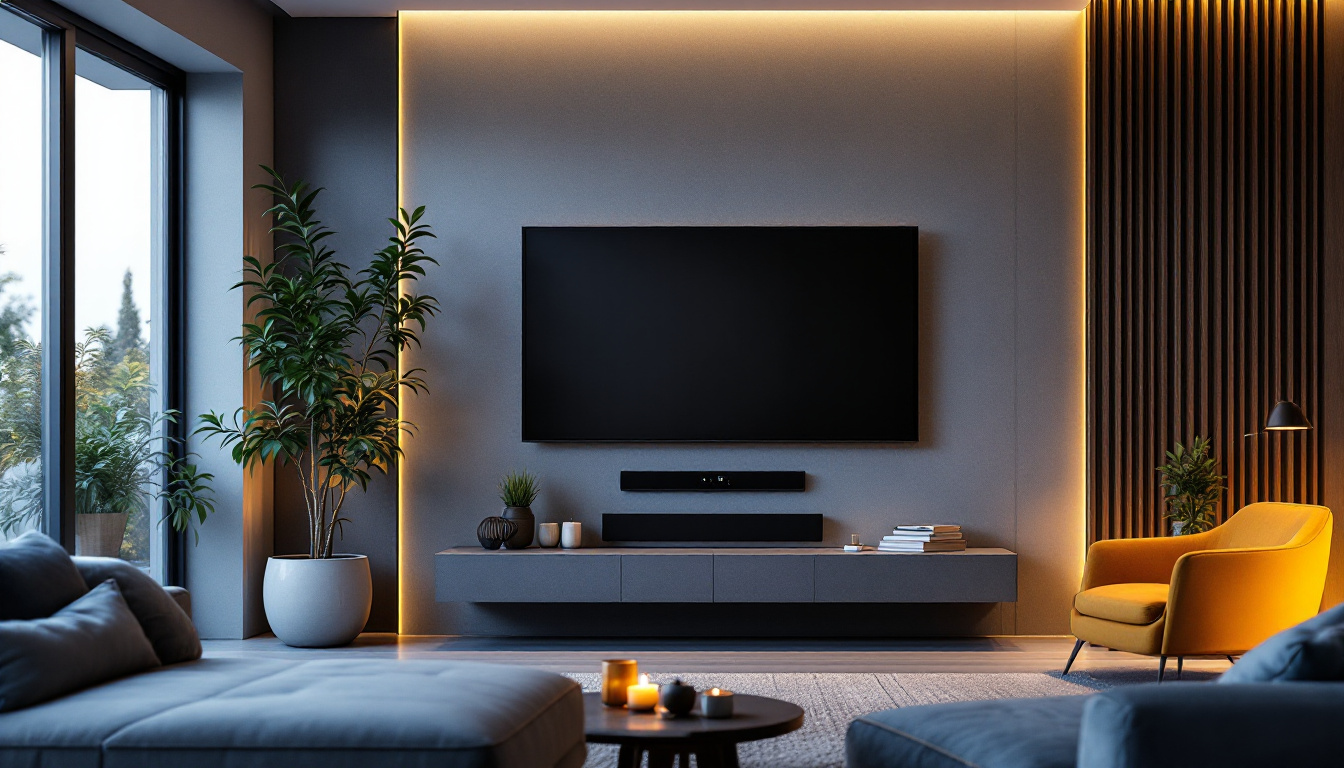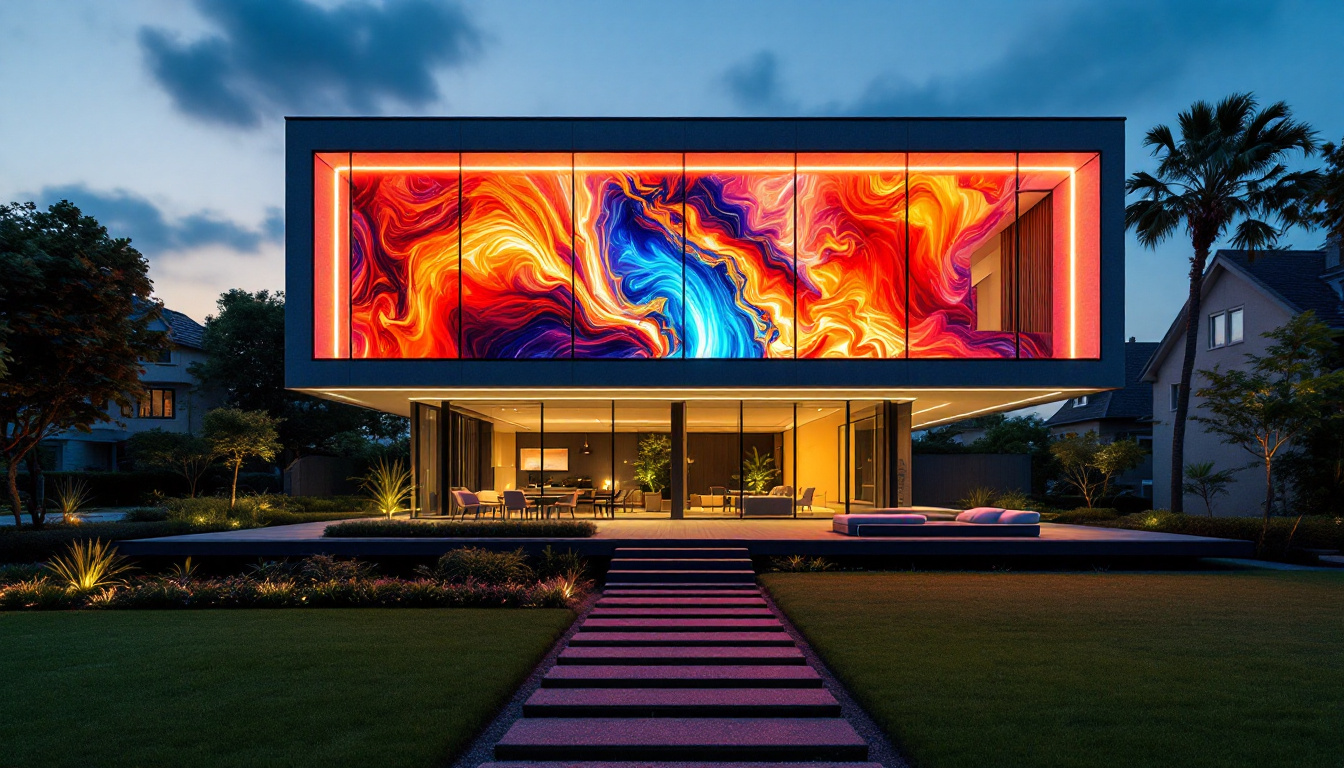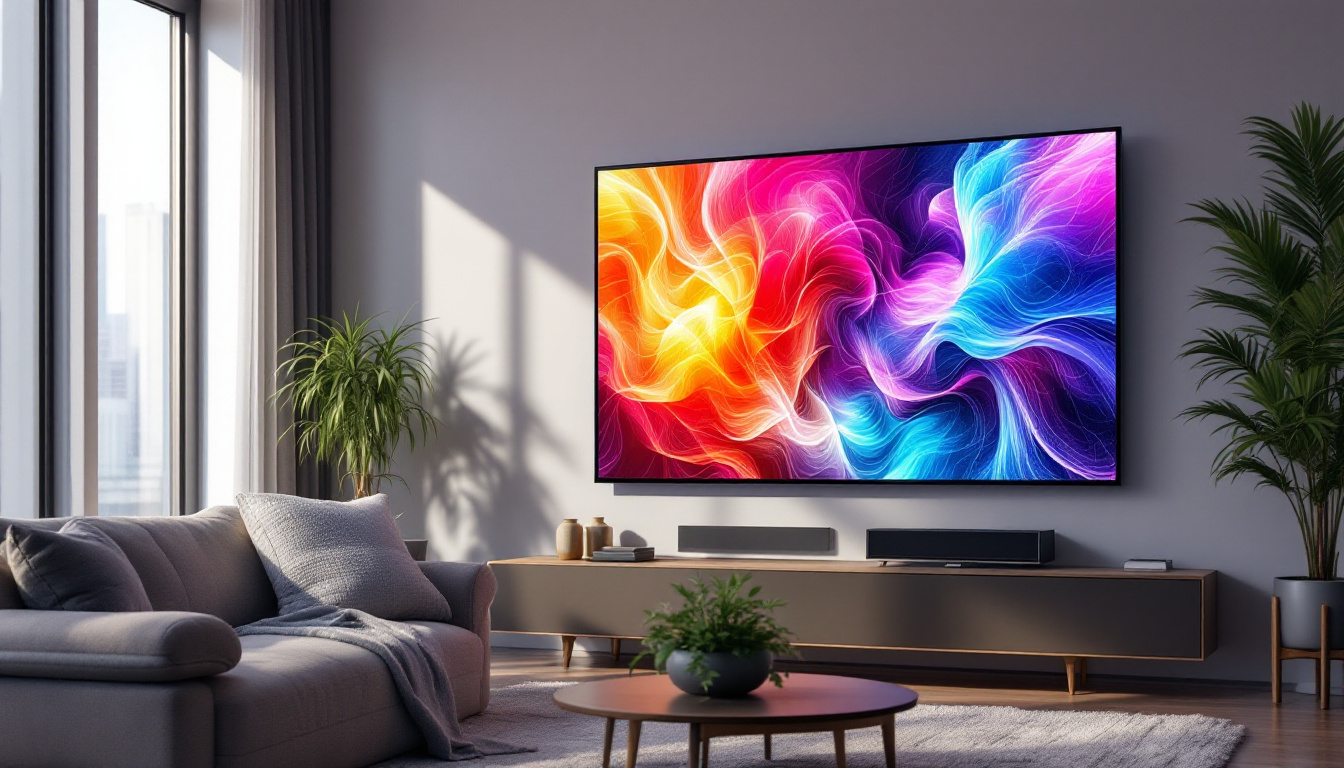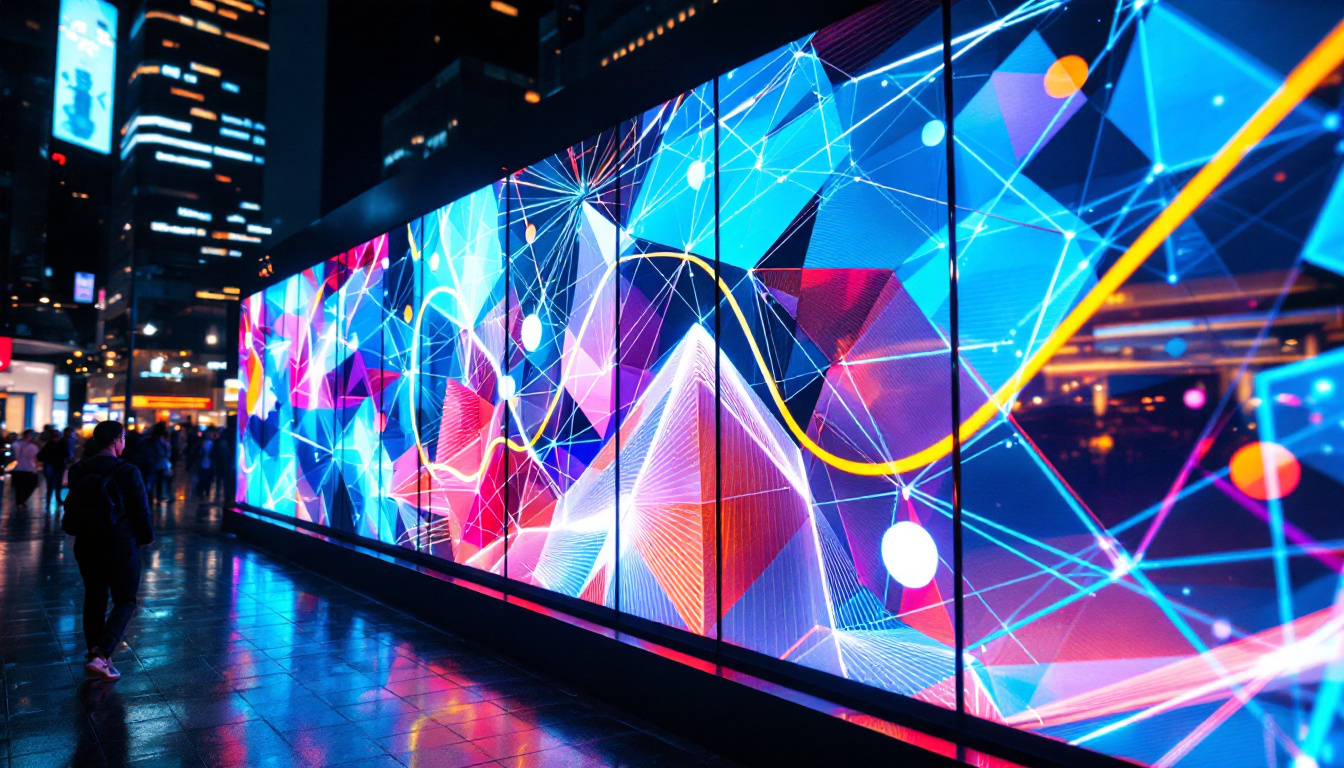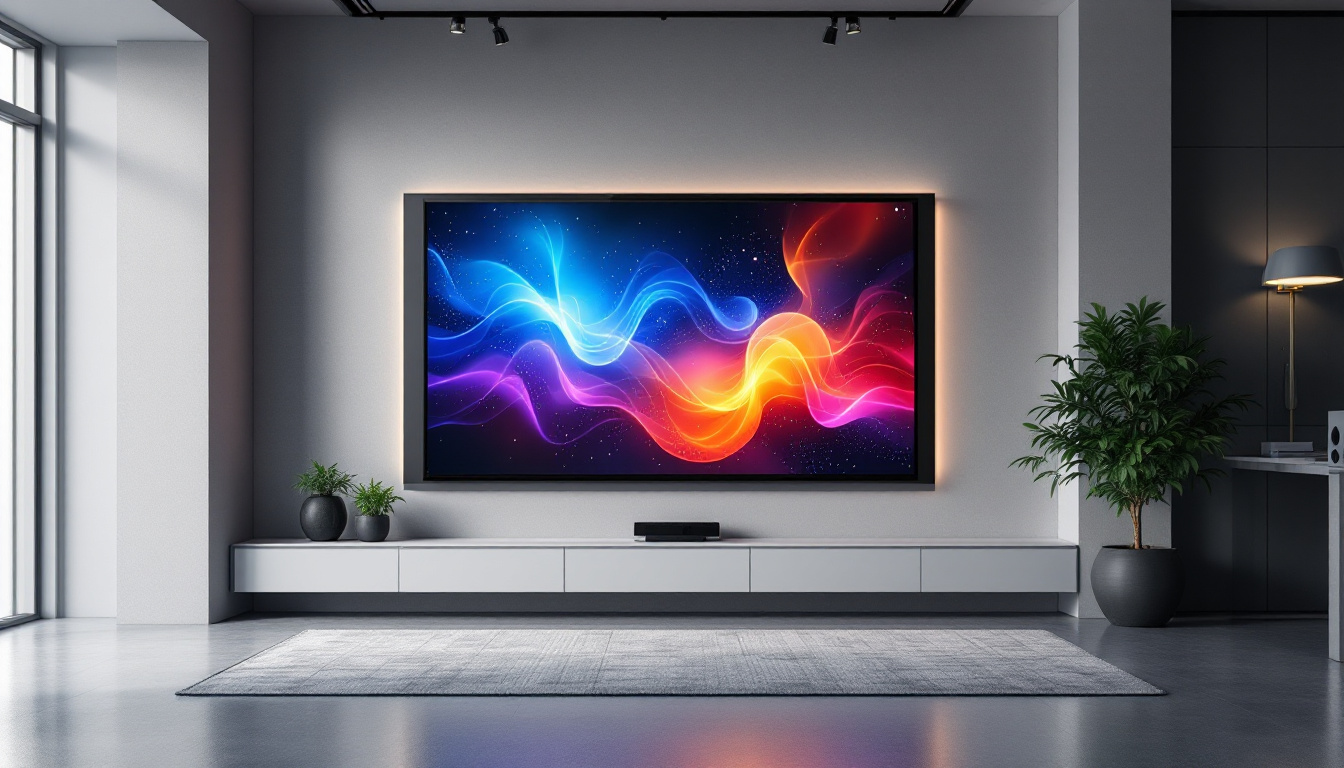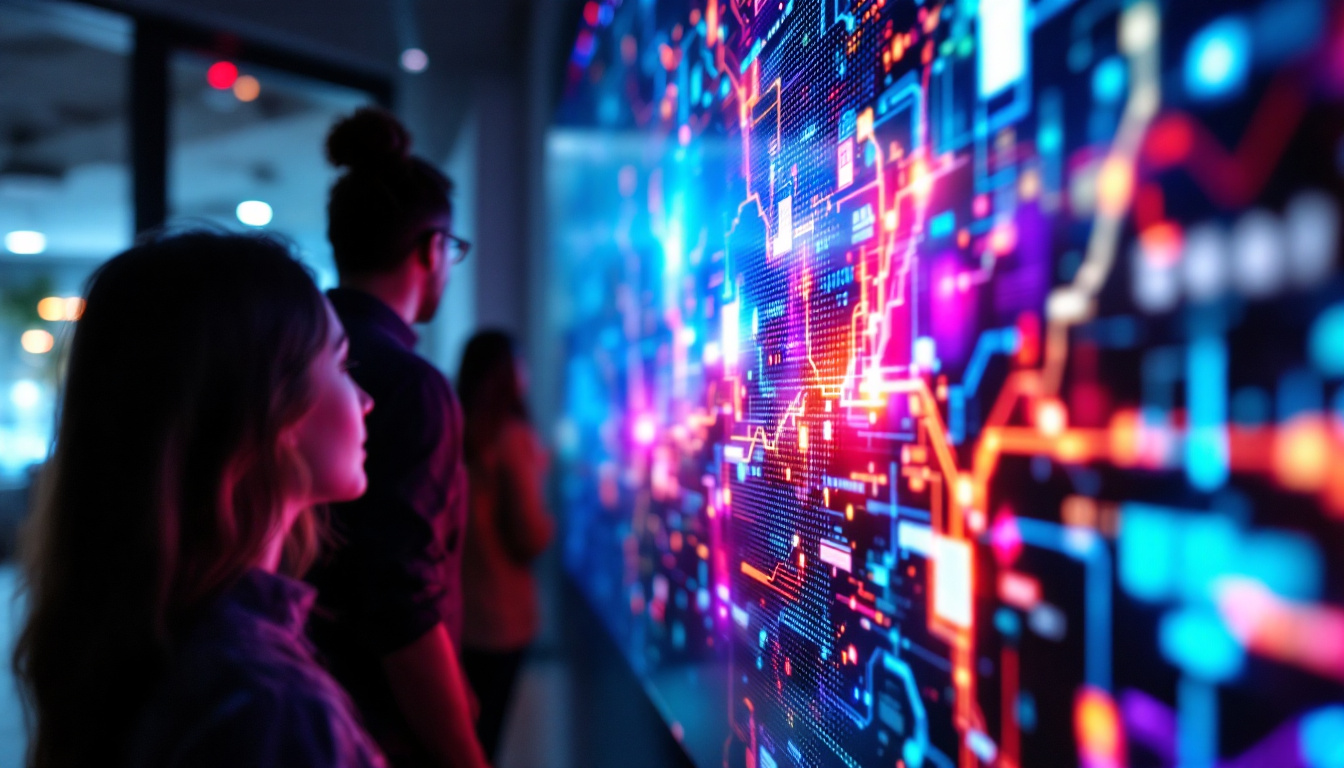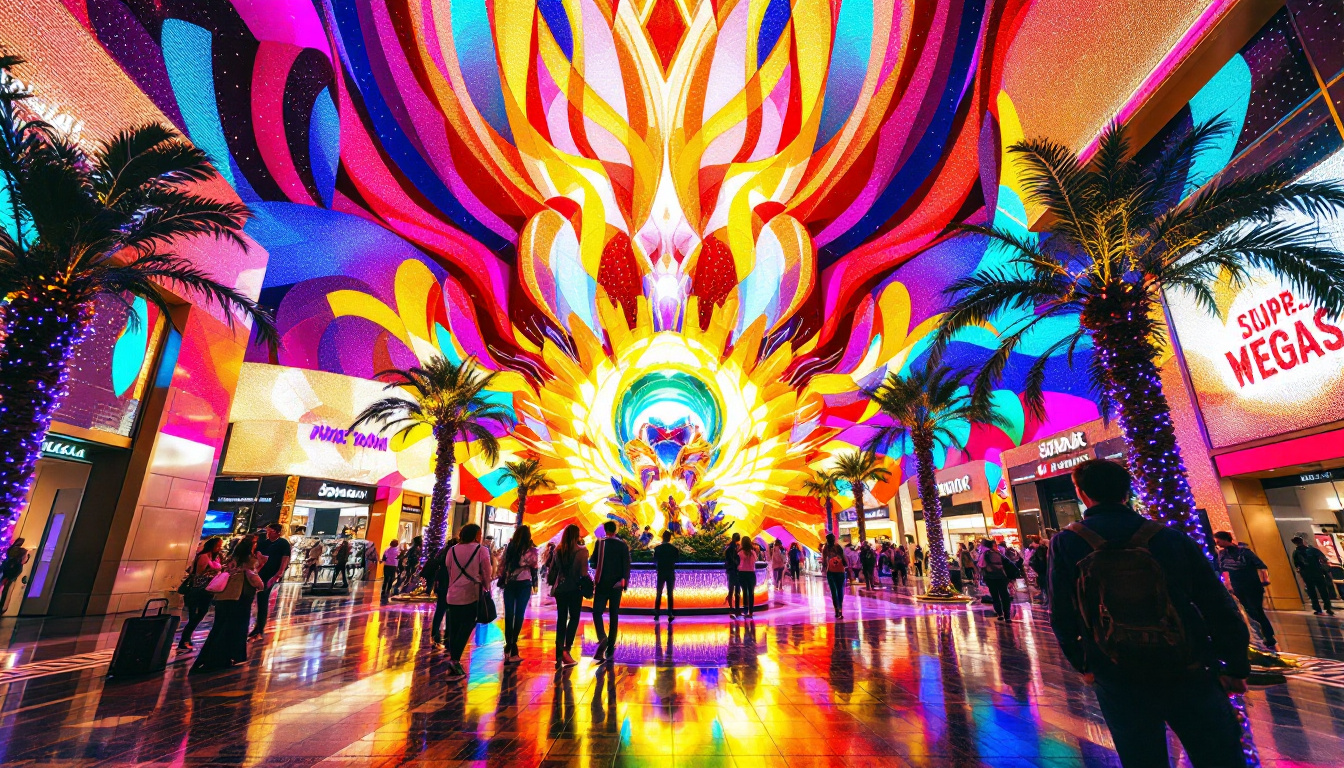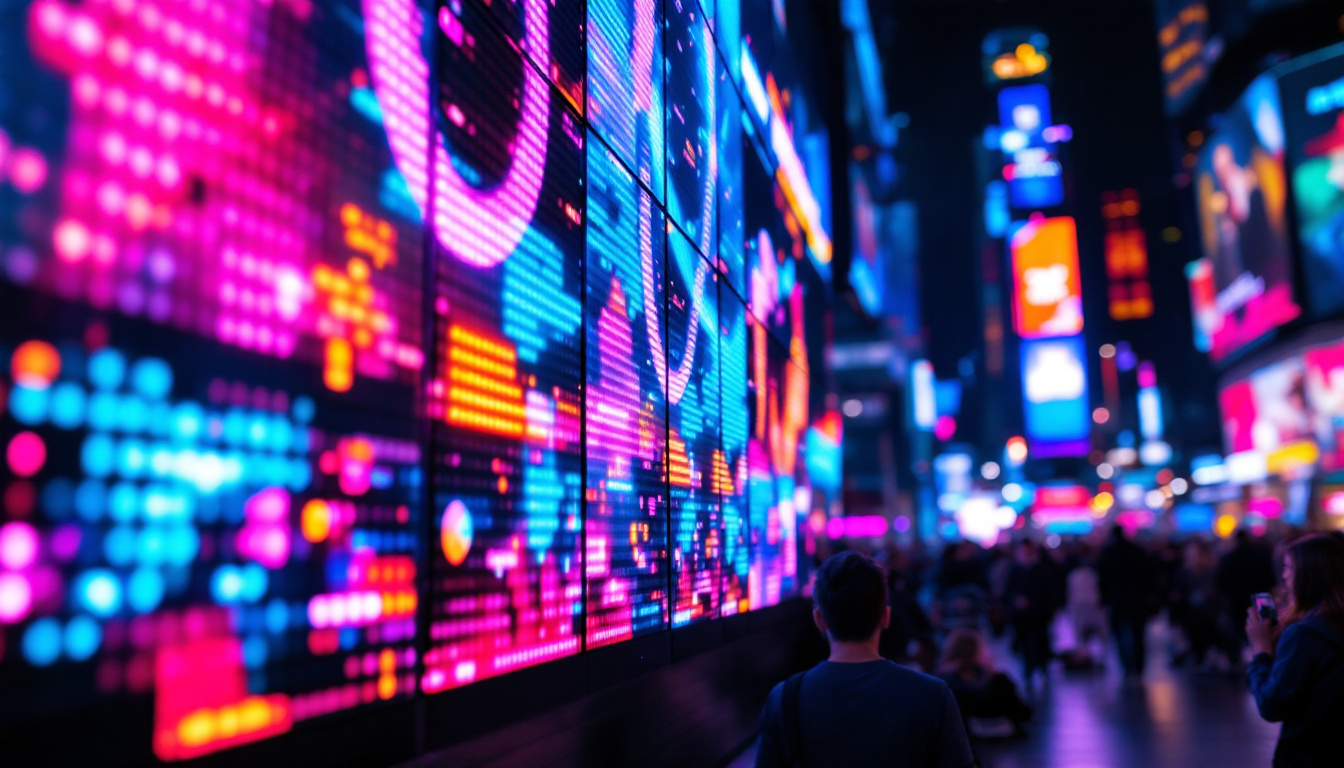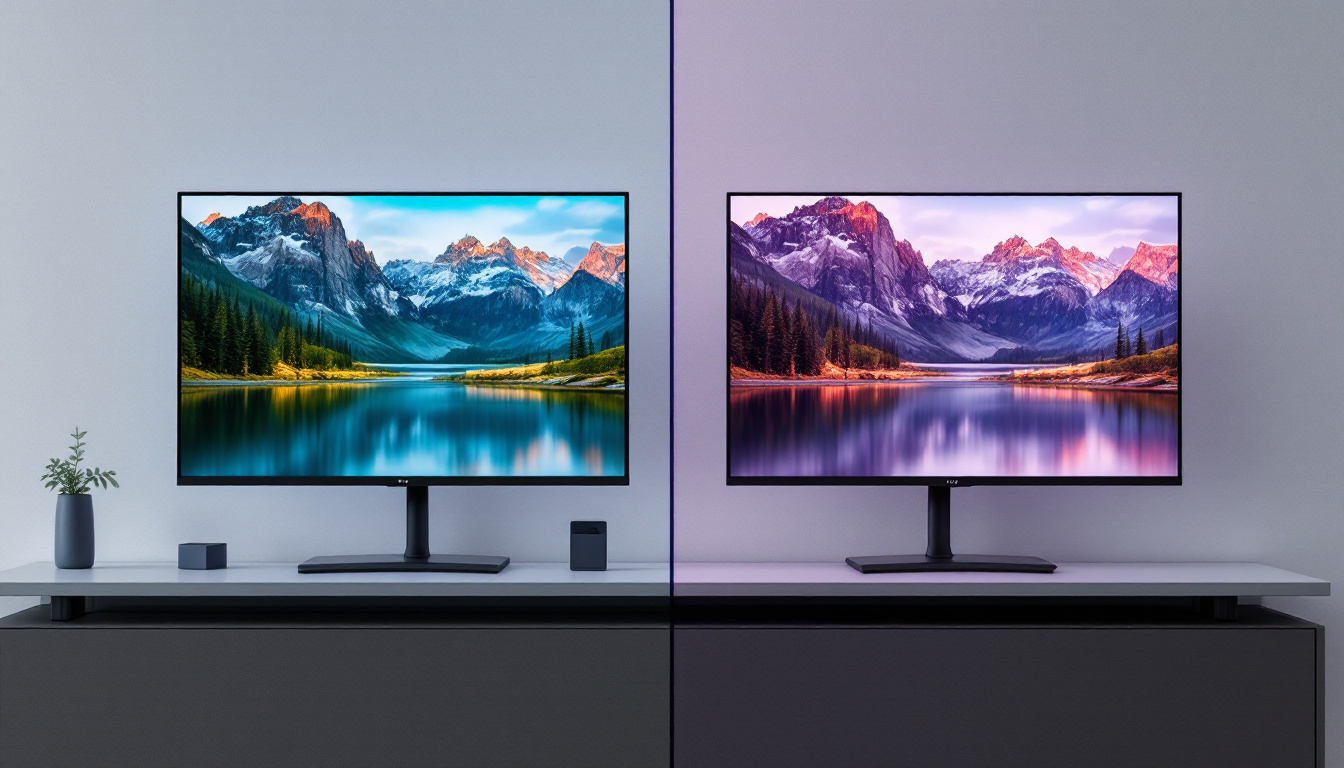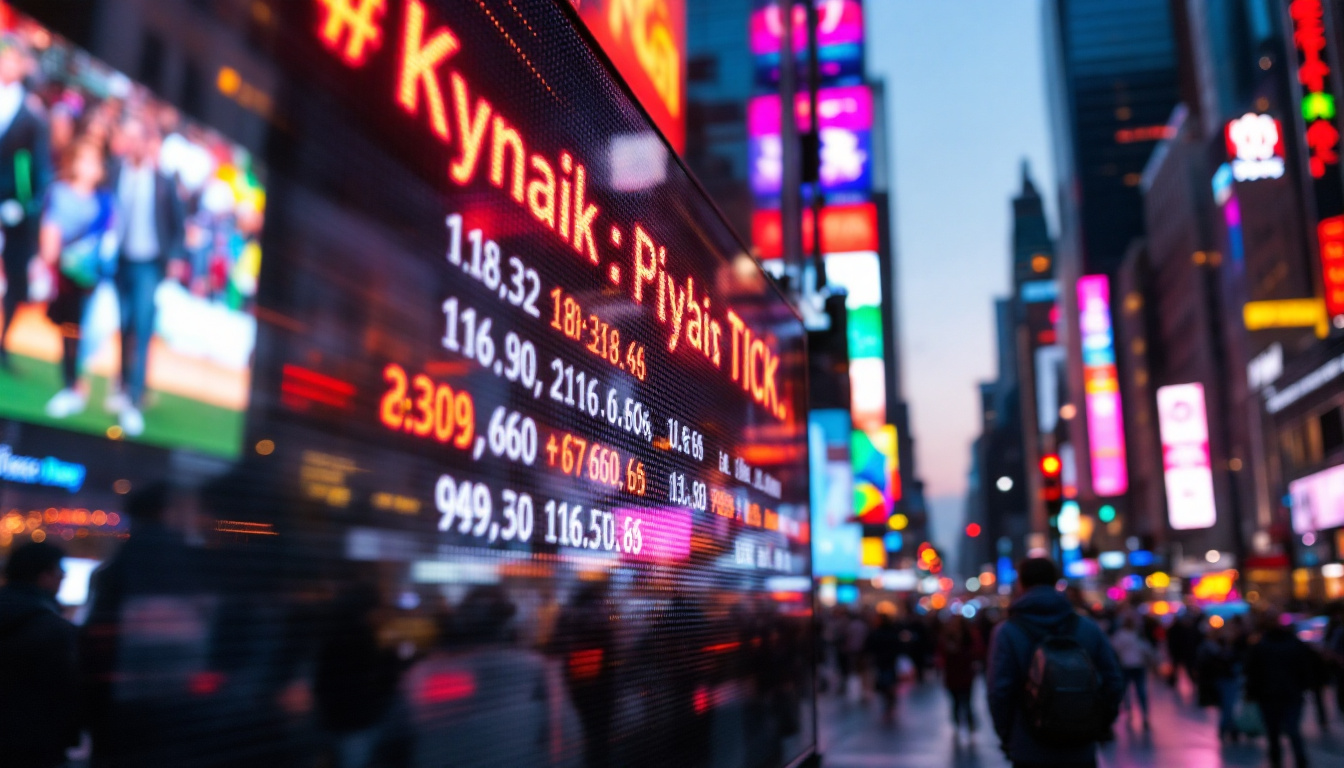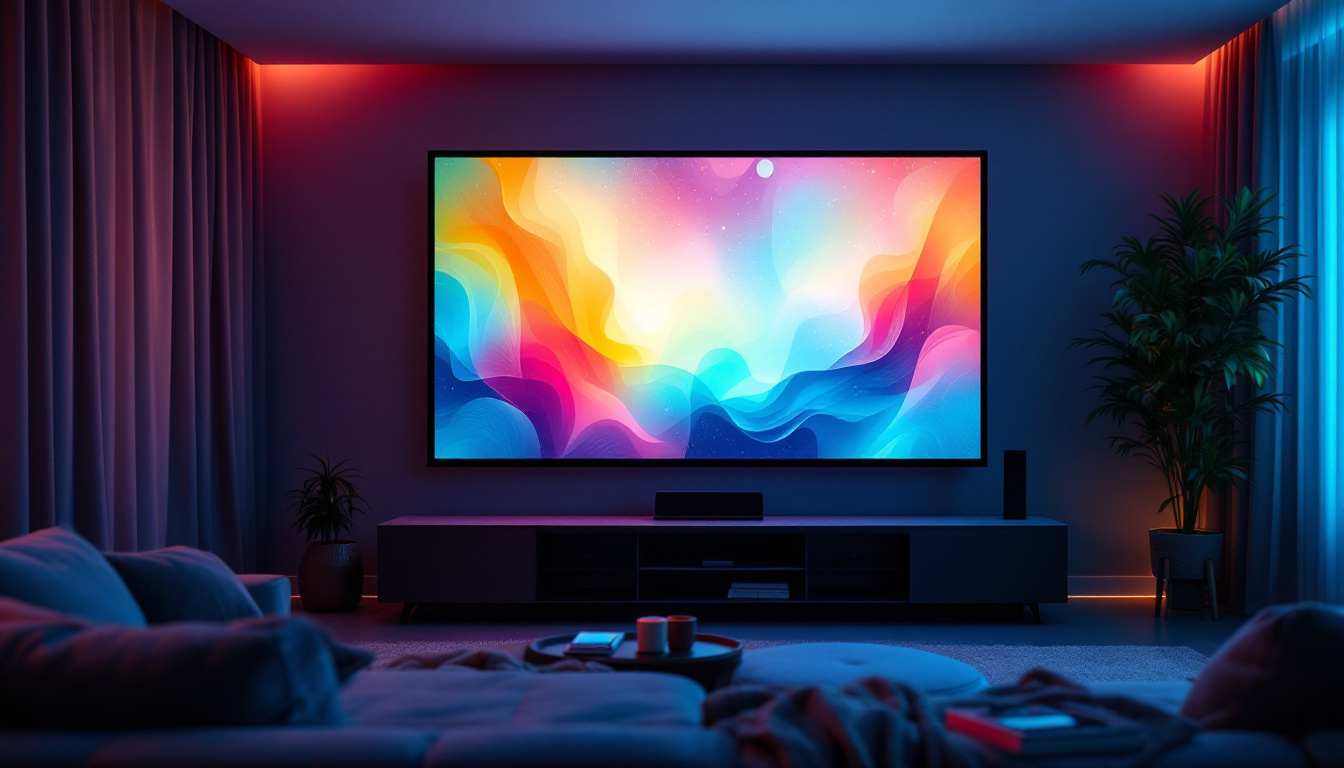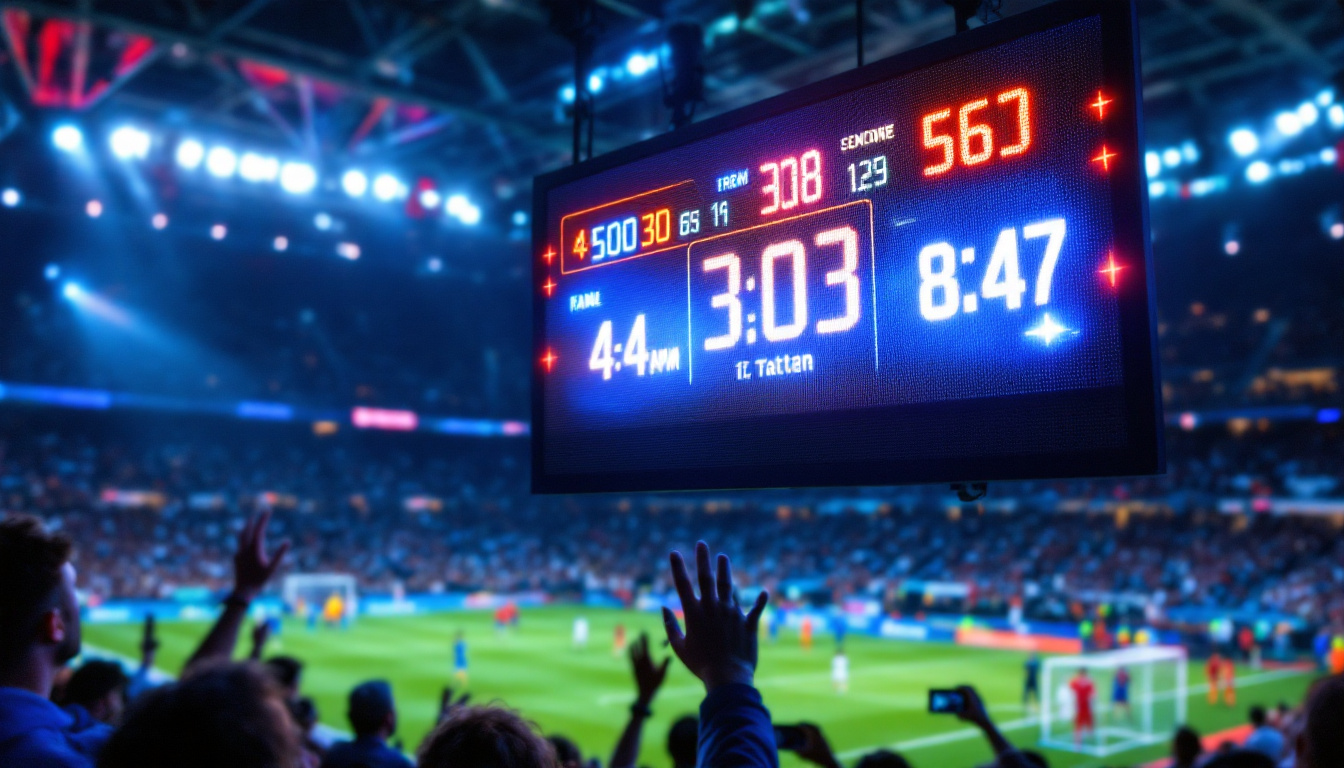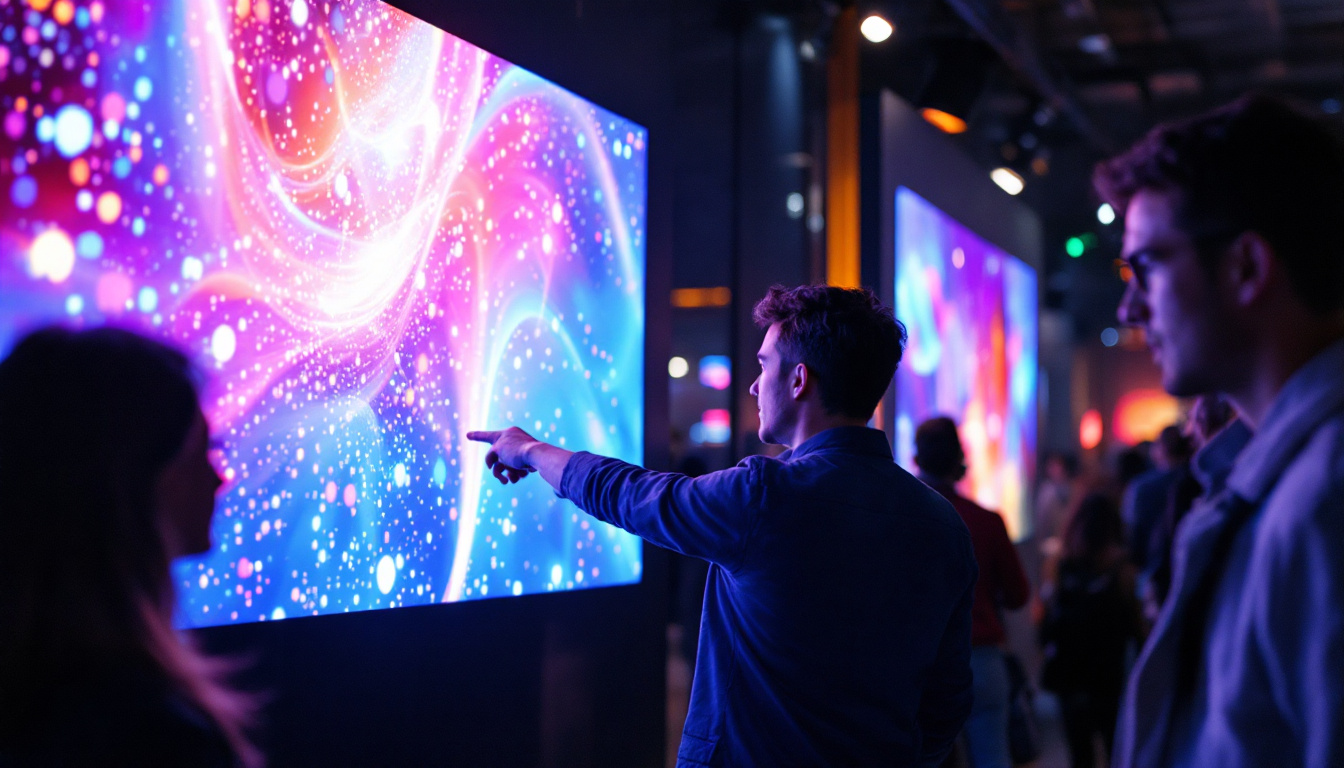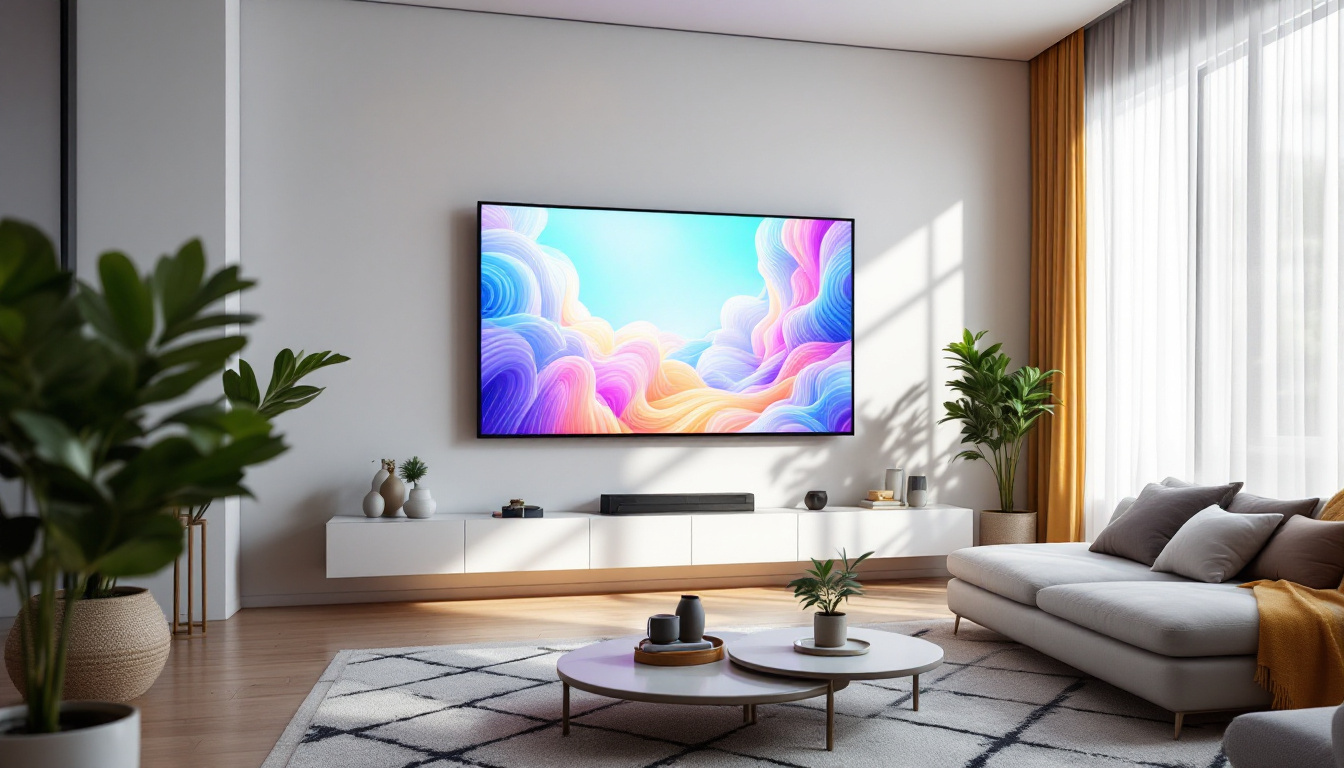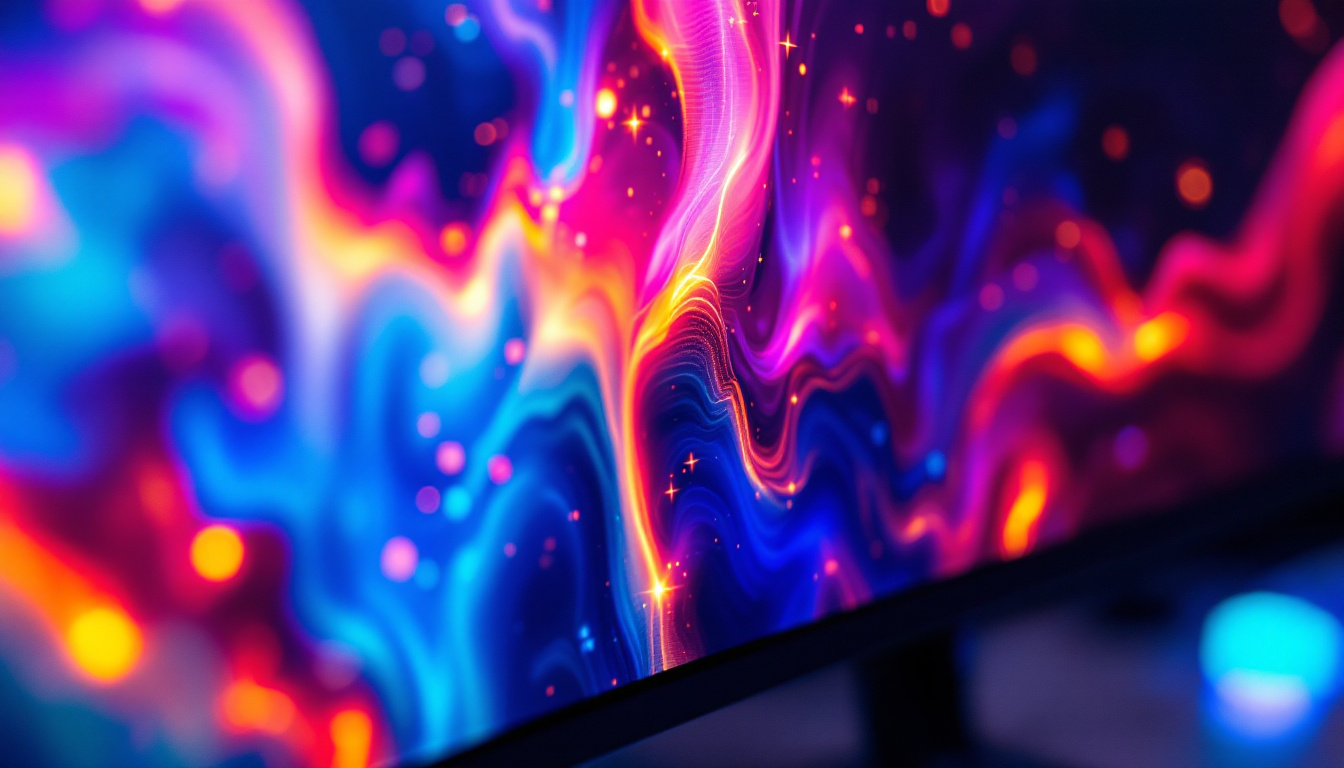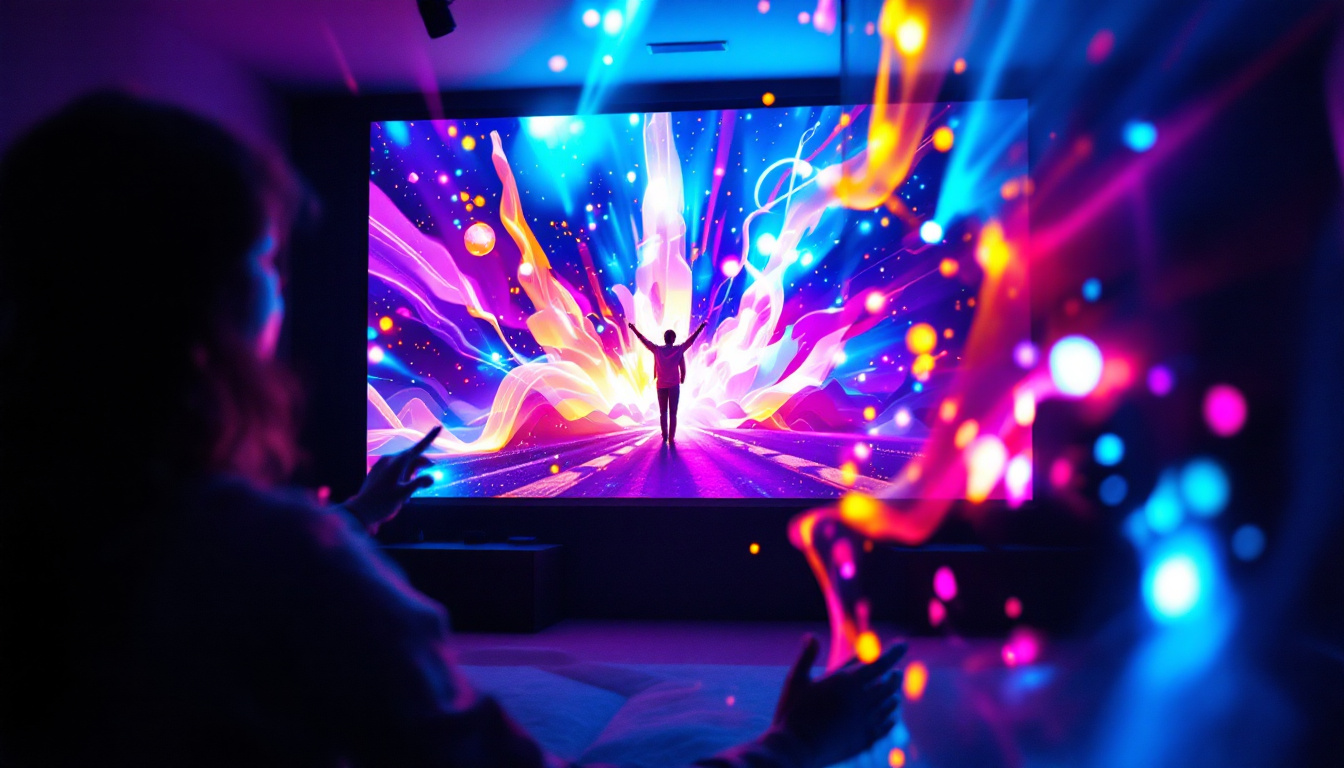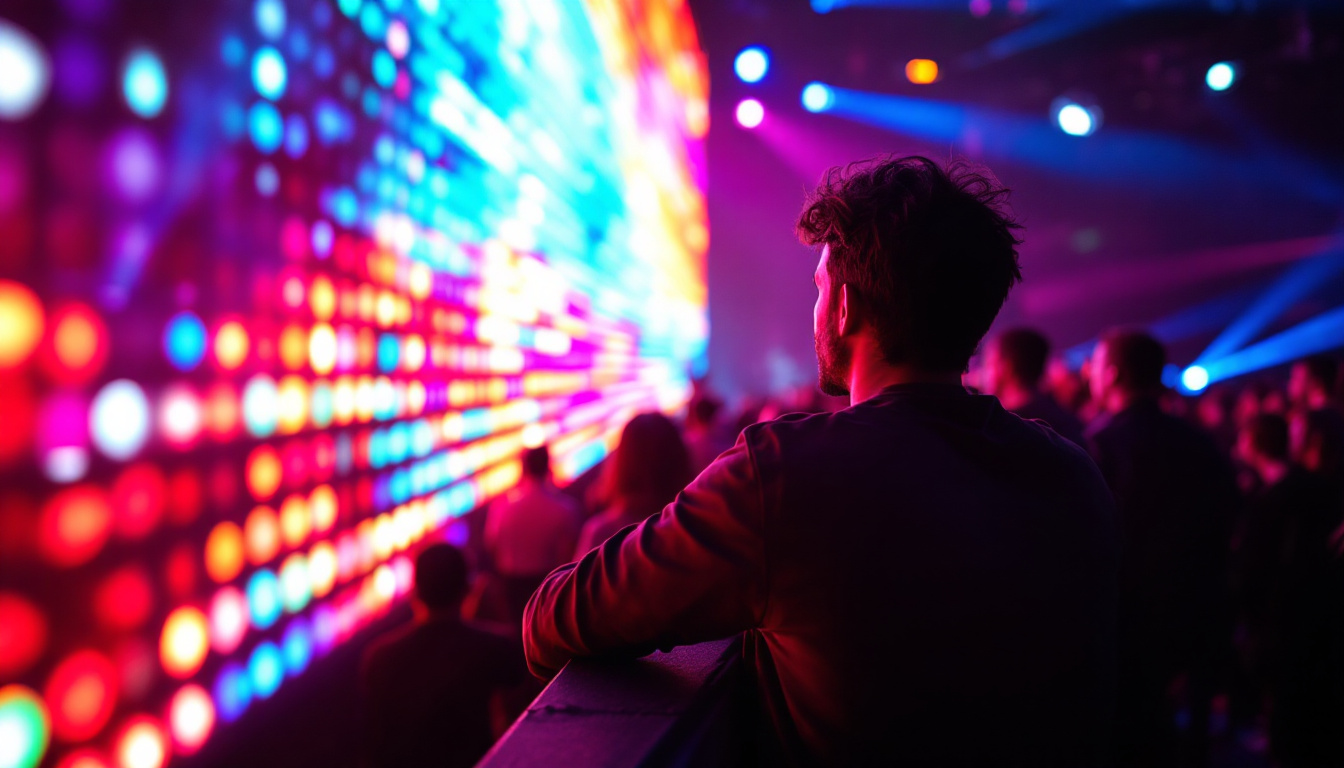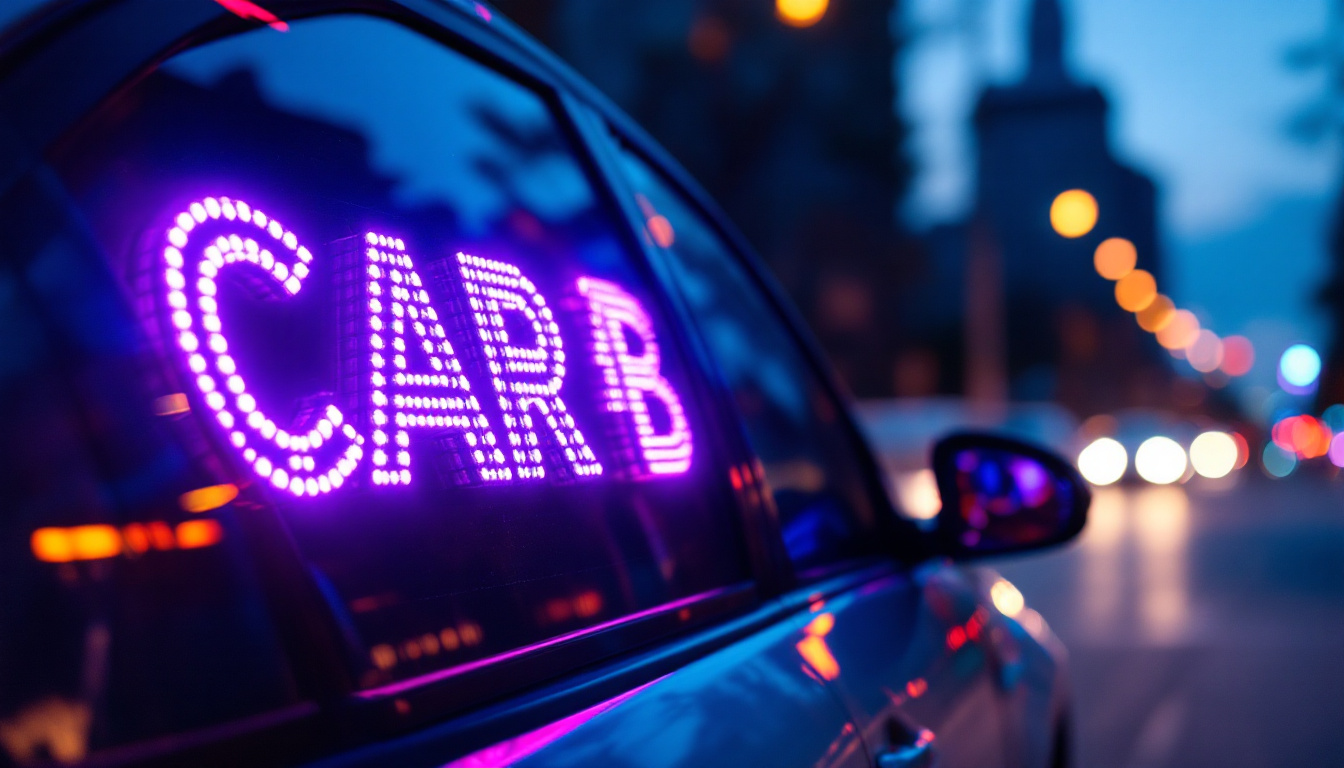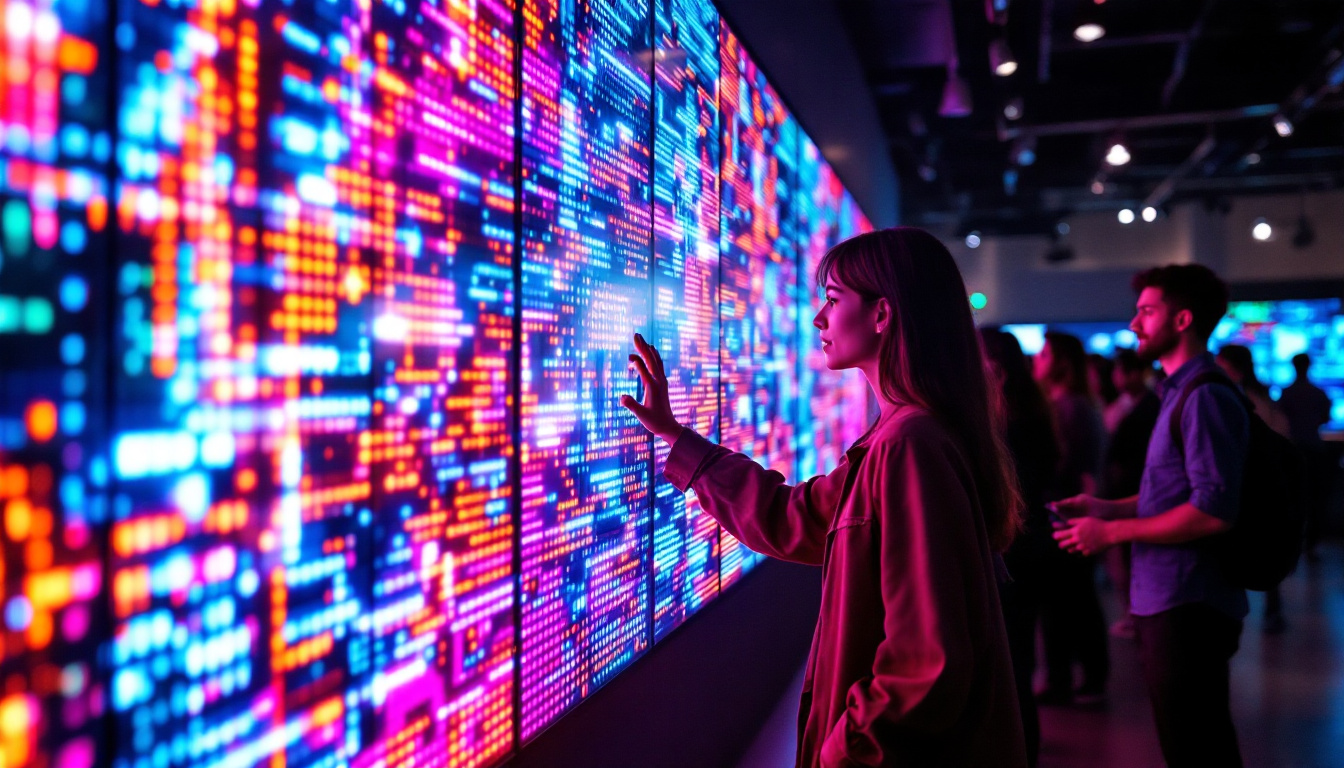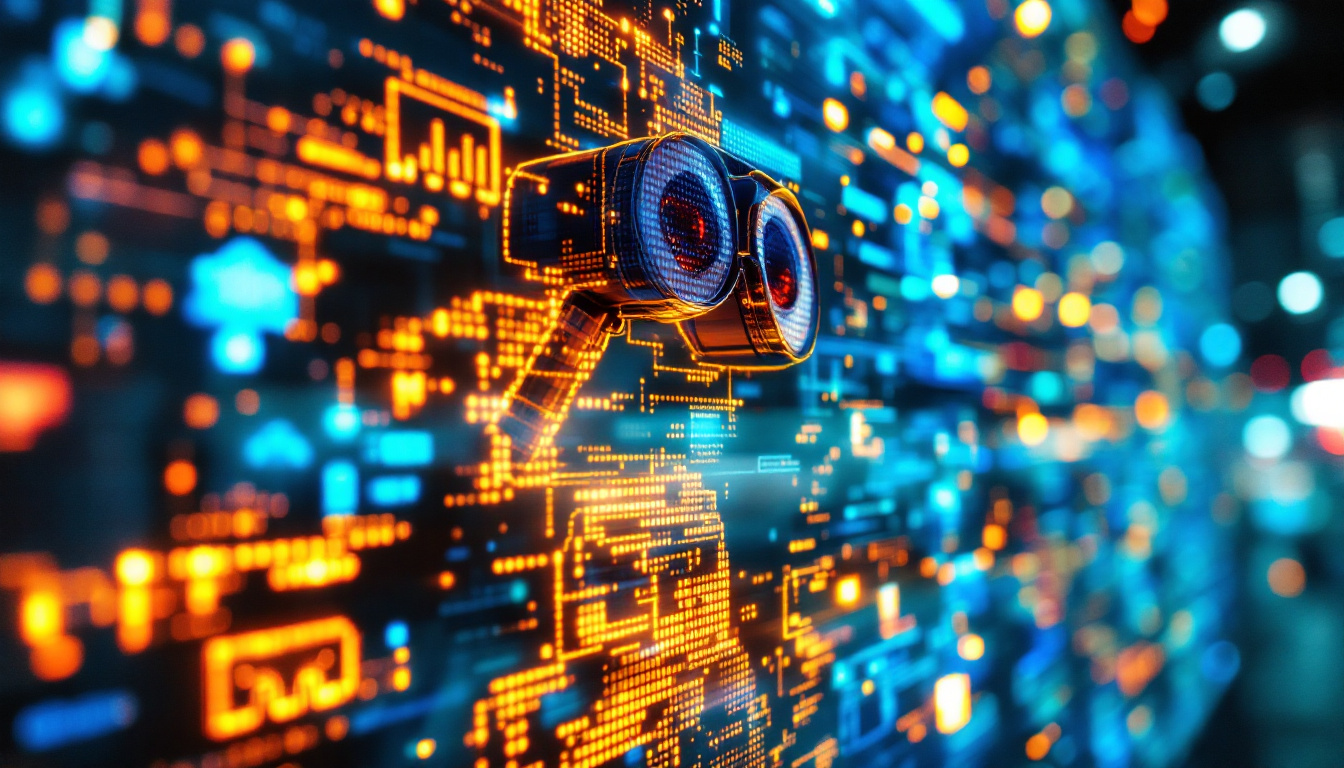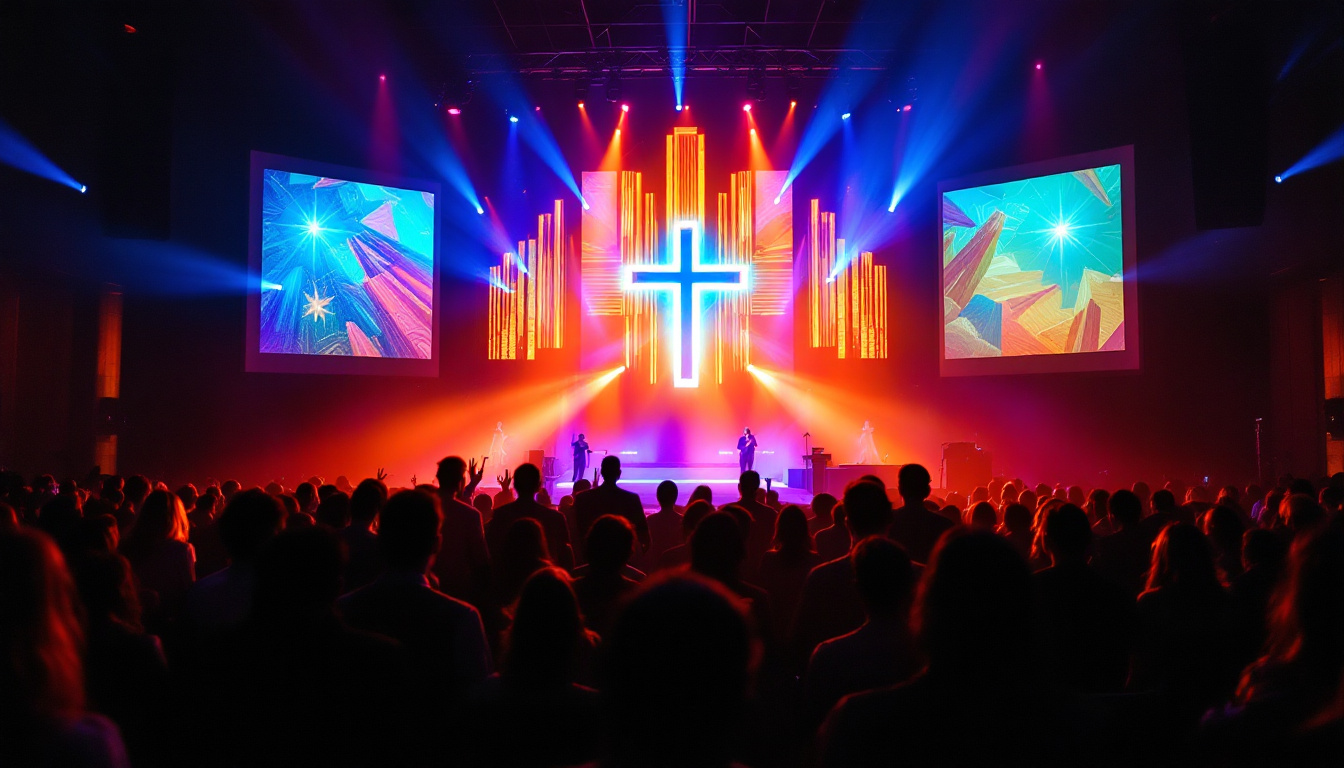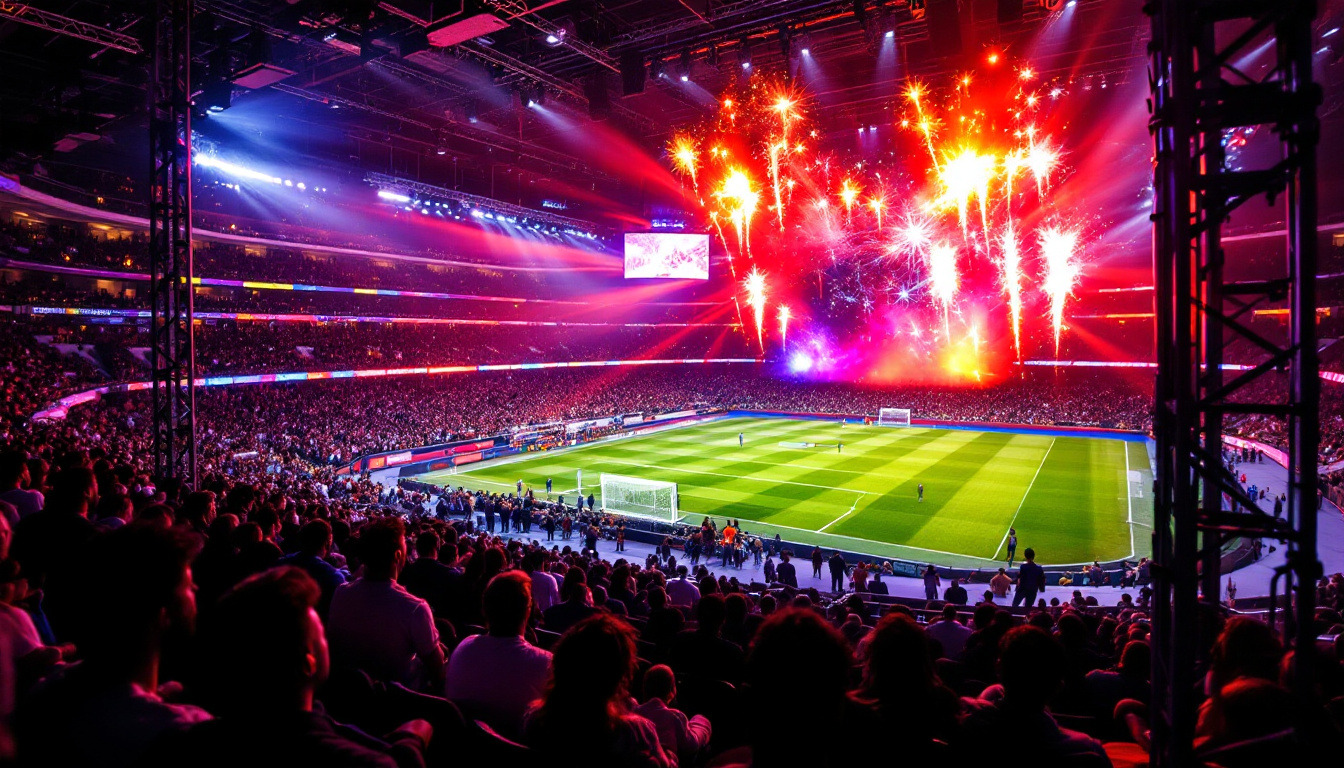In recent years, museums have embraced innovative technologies to enhance visitor engagement and improve the overall experience. One of the most significant advancements in this area is the use of LED displays. This article delves into the role of LED displays in museums, particularly in Beaverton, and explores their benefits, applications, and future potential.
The Evolution of Museum Displays
Museums have always been at the forefront of showcasing art, history, and culture. Traditionally, displays relied on static exhibits, but as technology has evolved, so too have the methods of presentation. The transition from physical artifacts to digital displays marks a significant shift in how museums communicate with their audiences.
From Static to Dynamic
Static displays, while effective, often lack the ability to engage visitors on a deeper level. The introduction of dynamic displays, particularly through LED technology, has transformed the museum experience. LED displays can present information in a visually appealing manner, allowing for animations, videos, and interactive content that captivate audiences.
This shift not only enhances the aesthetic appeal of exhibits but also serves educational purposes. Visitors can interact with the content, leading to a more immersive experience that fosters a deeper understanding of the subject matter. For instance, augmented reality (AR) applications can overlay digital information onto physical artifacts, providing context and storytelling that enrich the viewer’s experience. Imagine standing before an ancient artifact and, through your smartphone or AR glasses, seeing a 3D reconstruction of how it was used in its original context, making history feel alive and relevant.
Technological Advancements
The development of LED technology has come a long way in recent years. Modern LED displays are more energy-efficient, offer higher resolution, and provide better color accuracy than their predecessors. These advancements enable museums to create stunning visual presentations that can be easily updated and modified.
Moreover, the integration of touch screens and interactive elements allows visitors to engage with the content in a hands-on manner. This interactivity can lead to increased retention of information and a more memorable visit. Additionally, the use of gamification—where educational content is presented in a game-like format—has emerged as a popular tool in museums. By turning learning into a playful experience, museums can attract diverse audiences, including families and younger visitors, who may find traditional displays less engaging. These innovative approaches not only enhance visitor satisfaction but also encourage repeat visits, as guests are eager to explore new interactive experiences that evolve with each exhibition.
Benefits of LED Displays in Museums
The implementation of LED displays in museums offers numerous benefits that enhance both the visitor experience and the operational efficiency of the institution.
Enhanced Visitor Engagement
One of the primary advantages of LED displays is their ability to engage visitors. The vibrant colors and dynamic content draw attention and invite exploration. This engagement is particularly important in a museum setting, where the goal is to educate and inspire.
Interactive displays encourage visitors to participate actively rather than passively observing. For instance, a touch screen display might allow users to explore different aspects of an exhibit, such as viewing additional images, reading stories behind the artifacts, or even participating in quizzes related to the content.
Flexibility and Adaptability
LED displays provide museums with a level of flexibility that traditional displays cannot match. Exhibits can be easily updated to reflect new information, seasonal themes, or special events. This adaptability ensures that the content remains fresh and relevant, encouraging repeat visits.
Additionally, the ability to change displays quickly allows museums to respond to current events or trends, making them more relevant to the community. For example, a museum could create a temporary exhibit on a local artist or historical event, utilizing LED displays to convey the information effectively.
Cost-Effectiveness
While the initial investment in LED technology may be substantial, the long-term cost savings can be significant. LED displays consume less energy compared to traditional lighting and can last much longer, reducing maintenance costs. Furthermore, the ability to update content digitally eliminates the need for printing new materials, which can be both costly and time-consuming.
These cost savings can be redirected towards other areas of the museum, such as educational programs or community outreach initiatives, ultimately benefiting the institution as a whole.
Applications of LED Displays in Beaverton Museums
In Beaverton, several museums have successfully integrated LED displays into their exhibits, showcasing the versatility of this technology. From art galleries to historical museums, the applications are diverse and impactful.
Art Exhibitions
Art museums in Beaverton have begun to utilize LED displays to enhance the presentation of artworks. By incorporating digital elements, curators can provide context for the pieces on display, such as artist interviews, historical background, and even virtual tours of the artist’s studio.
Moreover, LED displays can be used to create immersive environments that complement the artwork. For example, a display might simulate the atmosphere of a particular time period or location, allowing visitors to experience the art in a more profound way.
Historical Contextualization
Historical museums in Beaverton leverage LED displays to provide context and narratives surrounding artifacts. Interactive timelines, for instance, can allow visitors to explore the history of the region in a visually engaging manner.
Additionally, LED displays can showcase multimedia presentations that include photographs, videos, and oral histories, enriching the storytelling aspect of the exhibits. This approach not only educates visitors but also fosters a connection to the local heritage.
Community Engagement and Events
LED displays also play a crucial role in community engagement initiatives. Museums can use these displays to promote upcoming events, workshops, and educational programs, ensuring that the community is informed and involved.
Furthermore, during special events, LED displays can be utilized to create dynamic presentations that enhance the overall experience. Whether it’s a gallery opening or a community festival, these displays can set the tone and provide essential information in an engaging format.
Challenges and Considerations
Despite the numerous benefits of LED displays, there are challenges and considerations that museums must address when implementing this technology.
Initial Investment and Budget Constraints
The initial cost of purchasing and installing LED displays can be a significant barrier for many museums, particularly smaller institutions with limited budgets. It’s essential for museums to weigh the long-term benefits against the upfront costs and explore funding opportunities, grants, or partnerships to support their initiatives.
Budget constraints may also limit the extent to which museums can integrate LED technology. Prioritizing specific exhibits or areas for implementation can help maximize the impact of the investment.
Technical Maintenance and Training
Maintaining LED displays requires technical expertise that may not be readily available within the museum staff. Regular maintenance is necessary to ensure optimal performance and longevity of the displays. Museums may need to invest in training for their staff or establish partnerships with external vendors for ongoing support.
Additionally, staff members must be trained to create and manage digital content effectively. This requires a shift in skill sets and may necessitate hiring new personnel or providing training for existing staff.
Balancing Technology with Traditional Exhibits
While LED displays offer numerous advantages, it’s crucial for museums to strike a balance between technology and traditional exhibits. Over-reliance on digital displays may detract from the physical artifacts that are the core of the museum experience.
Maintaining a harmonious blend of traditional and digital elements ensures that visitors can appreciate the tangible history while also engaging with modern technology. This balance is essential for creating a well-rounded and enriching experience.
The Future of LED Displays in Museums
The future of LED displays in museums looks promising, with ongoing advancements in technology and increasing acceptance of digital formats. As museums continue to adapt to changing visitor expectations, the role of LED displays is likely to expand further.
Innovative Experiences
Future developments in LED technology may lead to even more innovative experiences for museum visitors. Virtual reality (VR) and augmented reality (AR) applications are already beginning to integrate with LED displays, offering immersive experiences that transport visitors to different times and places.
Imagine walking through a historical exhibit where LED displays create a 360-degree environment, allowing visitors to interact with historical figures or explore ancient civilizations. Such experiences could redefine how museums engage with their audiences.
Data-Driven Insights
As museums increasingly adopt digital technologies, the ability to collect and analyze visitor data will become more prevalent. LED displays can be equipped with sensors and analytics tools to gather insights into visitor behavior, preferences, and engagement levels.
This data can inform future exhibit design, marketing strategies, and educational programming, ensuring that museums remain responsive to the needs and interests of their audiences.
Sustainability Initiatives
With a growing emphasis on sustainability, museums will likely prioritize eco-friendly practices in their operations. LED displays, known for their energy efficiency, align with these sustainability goals. Museums can leverage this technology not only to enhance visitor experiences but also to demonstrate their commitment to environmental responsibility.
Incorporating sustainable practices into the use of LED displays can serve as a powerful message to the community, showcasing the museum’s dedication to preserving both art and the planet.
Conclusion
LED displays have emerged as a transformative force in the museum landscape, particularly in Beaverton. Their ability to enhance visitor engagement, provide flexibility, and offer cost-effective solutions makes them an invaluable tool for modern museums.
As technology continues to evolve, the potential applications of LED displays in museums will only expand, paving the way for innovative experiences that captivate and educate audiences. By embracing these advancements while maintaining a balance with traditional exhibits, museums can create enriching environments that inspire future generations.
Ultimately, the integration of LED displays is not just about technology; it is about enhancing the storytelling and educational mission of museums, ensuring that they remain relevant and impactful in an ever-changing world.
Discover the Future of Museum Exhibits with LumenMatrix
Ready to redefine the museum experience with cutting-edge LED display technology? Explore LumenMatrix’s innovative solutions, from Indoor and Outdoor LED Wall Displays to specialized options like Vehicle, Sports, and Floor LED Displays. Our mission is to revolutionize visual communication, ensuring your exhibits not only engage and captivate but also tell a story with unparalleled clarity. Check out LumenMatrix LED Display Solutions today and bring a new dimension to your museum’s storytelling and educational endeavors.

